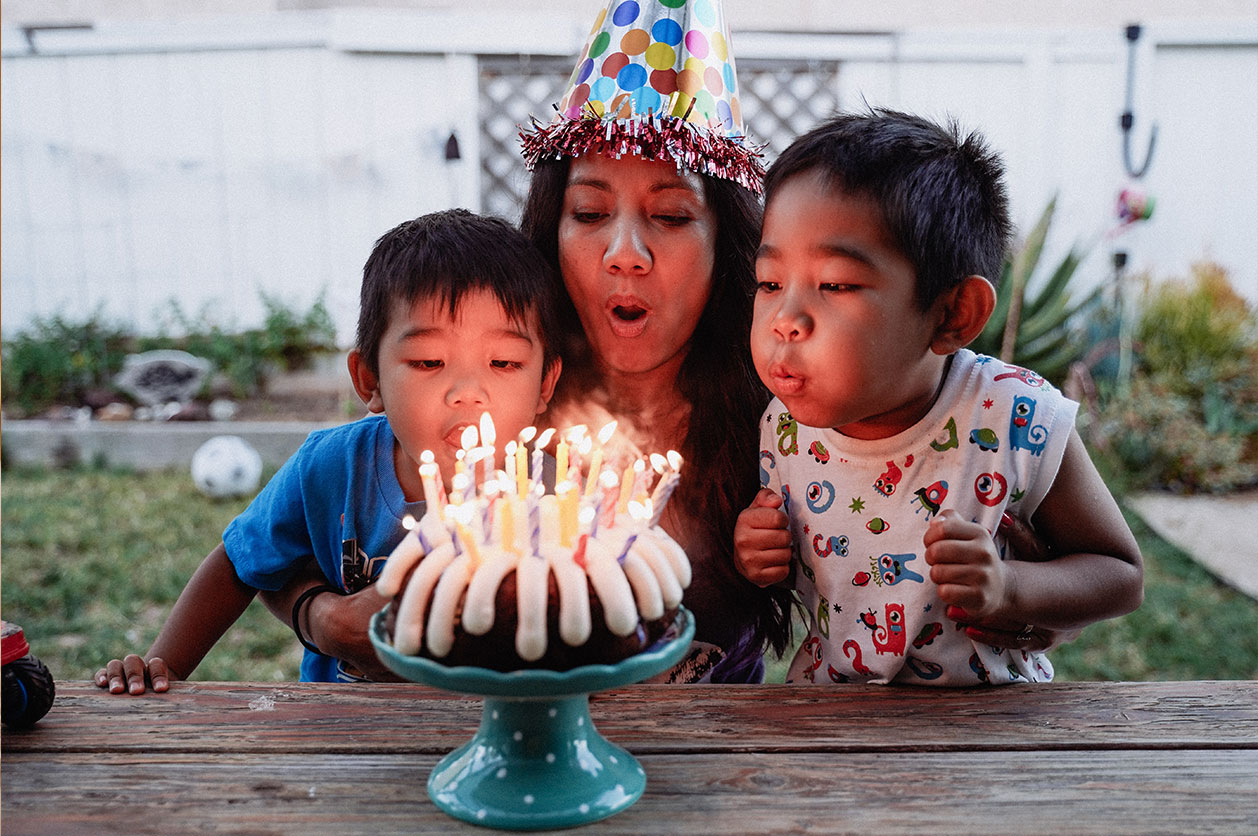A Lot More Detail
Autosomal dominant means that only one copy of the gene that does not work correctly is needed for someone to have the condition.
If one biological parent has an autosomal condition, they have one functional copy of the gene and one copy that does not work properly. If the other biological parent has two copies of the gene that work correctly:
- There is a 1 in 2 chance (50%) of having a child who is unaffected by the condition.
- There is a 1 in 2 chance (50%) of having a child who is affected by the condition.
Autosomal dominant conditions, such as Huntington’s disease, affect males and females equally.
Autosomal recessive means that a person needs two copies of a gene that do not work properly to have the condition. In this pattern, people with one working copy of the gene and one copy of the gene that does not function correctly are called carriers. Typically, carriers do not have any signs or symptoms of the condition, but they can still pass on the gene that does not function properly to their children. Parents of children with an autosomal recessive condition are almost always carriers.
If both parents are carriers of a condition:
- There is a 1 in 4 chance (25%) of having a child who has two working copies of the gene.
- There is a 1 in 4 chance (25%) of having a child who is affected by the condition. These children have two copies of the gene that do not work correctly.
- There is a 1 in 2 chance (50%) of having a child who is a carrier of the condition. These children have one working copy of the gene and one copy of the gene that does not work correctly.
Autosomal recessive conditions, such as cystic fibrosis, affect males and females equally.
X-linked dominant inheritance occurs when it only takes one X-chromosome gene that does not work correctly to cause the health condition. Conditions caused by X-linked dominance are rare, and the same condition can vary considerably in severity, especially among women. The odds of passing down a condition that is X-linked dominant are different depending on whether the mother or father has the gene that does not function properly and on the sex of the child. If a father has the condition:
- He cannot (0% chance) pass on the gene that does not work correctly to his sons, because it is on his X chromosome. Men pass only the Y chromosome to their sons.
- He will always (100% chance) pass on the gene that does not function properly to his daughters, because he only has one X chromosome, and he passes that X chromosome to all of his daughters.
If a mother has one working copy of the gene and one copy of the gene that does not work correctly:
- There is a 1 in 2 chance (50%) of passing on the gene that does not function properly to both sons and daughters.
- There is a 1 in 2 chance (50%) of passing on the working gene to both sons and daughters.
Males are often more seriously affected than females by disorders inherited through X-linked dominance. Sometimes, even if a female inherits the gene change on one of her X chromosomes, she will not show symptoms or her symptoms will be less severe. It is thought that if a female has a working copy of the gene on one X-chromosome in addition to the altered copy on the other X-chromosome, the effects of the condition may be dampened. This has led some scientists to suggest that X-linked inheritance should not be described in terms of dominant and recessive, but rather simply be explained as X-linked inheritance.
X-linked recessive means that if there is one working copy of the gene, a person will not have the condition. The gene for these conditions is on the X chromosome. X-linked recessive conditions affect males more often than females. If a male has a copy of the gene that does not function the way it should on his only X chromosome, then he will be affected by the condition.
If a father has an X-linked recessive condition:
- He can never (0% chance) pass on the gene that doesn’t work properly to his sons, because his sons will always get a Y chromosome from him.
- He will always (100% chance) pass on the gene that doesn’t work properly to his daughters, because he only has one X chromosome, and it carries the gene that is not functioning correctly. The daughters may not have the condition, though, because they may get a copy of the gene that works correctly from their mother.
If a female has two copies of the gene that do not function correctly, then she will be affected by the condition. If she has a working copy on one X chromosome and a copy of the gene that does not work the way it should on her other X chromosome, then she is often called a female carrier. Female carriers of X-linked conditions may still be mildly affected by the disease. Female carriers can also pass the gene that does not work correctly on to their children.
If a mother has an X-linked recessive condition, then she has two copies of the gene that do not function properly:
- She will always (100% chance) pass the gene that does not work correctly on to her sons.
- Her sons will always (100% chance) be affected by the condition.
- She will always (100% chance) pass the gene that does not work correctly on to her daughters.
- If the father is also affected by the condition, then the daughter will be affected by the condition.
- If the father does not have the condition, then the daughter will be a carrier.
If a mother is a carrier of an X-linked recessive condition, she has one functional copy of the gene and one copy that does not function correctly:
- There is a 1 in 2 chance (50%) of giving the gene that does not work properly to her son, and those sons would be affected by the condition.
- There is a 1 in 2 chance (50%) of giving her working gene to her son, and those sons would not be affected by the condition.
- There is a 1 in 2 chance (50%) of passing on the gene that does not work properly to her daughter, so her daughter would also be a carrier.
If the mother is a carrier and the father has the condition, then there is a 1 in 2 chance (50%) that a daughter would be affected. She would always get the gene that does not work properly from her father, but she might get a working gene from her mother.




